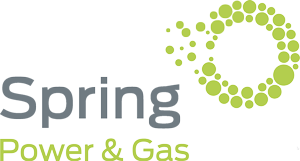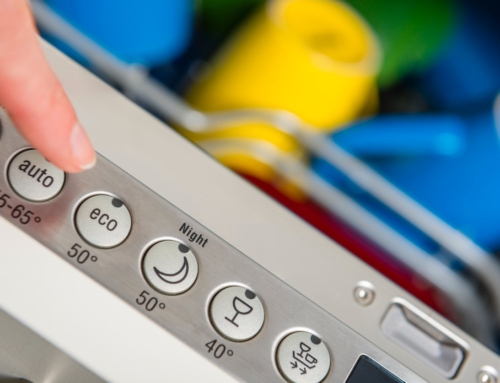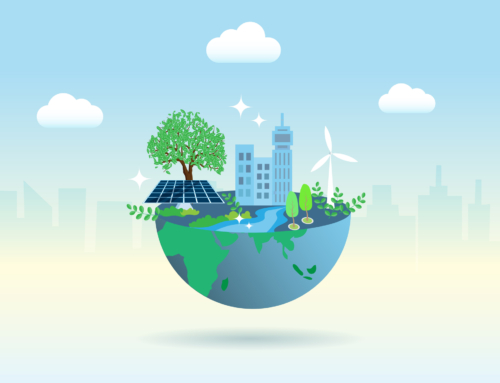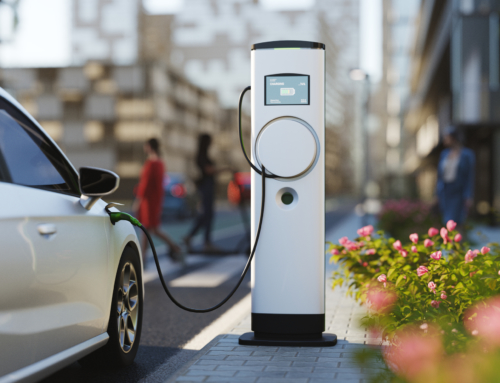Wind energy is one of the fastest-growing energy sources worldwide, and the United States is home to one of the largest and most robust wind markets across the globe, providing more than 7.4% of the country’s electricity. In fact, we currently have over 65,000 wind turbines dispersed throughout the country providing clean, reliable wind energy to 39 million American homes. Today, wind power capacity totals 125 GW (gigawatts), which makes it the third-largest source of electricity generation capacity and the largest source of renewable electricity generation in the U.S.
The increase in wind development in America over the past 10 years can be attributed to a combination of factors including increased access to transmission capacity, enhanced wind turbine technology, state-level renewable portfolio standards, and federal production tax credits and grants.
You might be wondering why you should be as excited about wind energy as we are, and that is exactly what we will discuss in this post – the advantages of wind energy.
What is Wind Energy?
Before we dive into the many benefits of wind energy, let’s talk about exactly what wind energy is. Essentially, wind power is a byproduct of the sun. It’s created by multiple components, such as the rotation and topography of the earth and the sun heating the atmosphere unevenly.
Wind energy is the process of creating electricity using the wind or air flows that happen organically in the earth’s atmosphere. Through the use of modern wind turbines, kinetic energy is captured from the wind and is used to create electricity.
In addition to providing electricity to homes and businesses, there are several other ways we can harness the power of the wind. For example, farmers use wind power for grinding grain and pumping water.
When it comes to generating electricity, there are three types of wind energy:
- Utility-Scale Wind, which defines wind turbines ranging from 100 kilowatts to several megawatts, where electricity is supplied to the power grid and distributed to the end-user by electric utilities or power operators.
- Offshore Wind, which describes wind turbines that are erected in large bodies of water. These are generally larger than onshore turbines, providing for greater efficiency, making them generate more power.
- Distributed Wind (also known as “Small” Wind), which is the use of typically smaller wind turbines at homes, farms, businesses, and public facilities to offset all or a portion of on-site energy consumption.
How Does Wind Energy Work?
Electricity from the wind is created with a wind power generator and turbines containing large rotor blades. The wind flows across these rotor blades, creating an aerodynamic force using both lift and drag, causing the rotors to spin. The rotors are attached to the wind turbine generator and a series of gears that cause the rotors to spin even faster. The combination of aerodynamic force and the motion of the generator produces electricity through a wind energy transformation.
Benefits of Wind Energy
Wind energy has many advantages, not just for our environment but also for our domestic economy. Keep reading below to learn more about the advantages of wind energy.
Environmental Advantages of Wind Energy
- It’s renewable – Wind energy is sustainable. As long as the Earth is spinning and weather systems are moving, the wind will be blowing. It is a resource waiting to be tapped.
- Wind energy is also more eco-friendly than fossil fuels. Construction and materials used to build windmills and their networks represent the majority of their carbon footprint. This impact is later offset by the positive environmental effects of wind energy, as wind energy itself emits no air or water pollution. In fact, wind helps avoid 198 million metric tons of CO2 emissions annually. That’s the equivalent of 43 million cars’ worth of emissions.
- Wind power helps conserve water – Wind energy does not require any water to produce electricity. By obtaining 35% of our electricity needs from wind, we can conserve 336 billion gallons of water, according to the AWEA. With many areas throughout our country experiencing the harmful effects of drought, this is a great benefit of using wind energy.
Economic Advantages of Wind Energy
- Job creation – The wind industry employs 120,000 Americans across all 50 states, including 26,000 wind manufacturing jobs at over 500 facilities. Not to mention that the U.S. wind industry employs America’s veterans at a rate 67% above the national average and that wind turbine technician is the fastest-growing job out of all industries in the entire country.
- Benefits rural populations – Some of the best wind sites are found in rural areas. Wind turbines can be built on existing farms or ranches, which greatly benefits the economy in these areas as farmers/ranchers can continue to work the land because the wind turbines use only a fraction of the land. The way that this works is that the owners of wind power plants make rent payments to the farmers for the use of the land, providing these landowners with additional income.
- A clean financial boost to the economy – In the last decade, wind has invested over $145 billion. In 2020 alone, the industry spent $25 billion on new projects.
Miscellaneous Advantages of Wind Energy
- Space savings – While contemporary windmills might seem large, they take up less space than big solar collection facilities. This is, of course, referring to the fact that solar farms are closely spaced panels that can take up a lot of space if arranged in a large solar farm, of course, the overall space taken by a wind farm is greater in some cases but, within reason, the space between the windmills is still open and usable for certain purposes.
- Growing Possibilities- As with other emerging technologies, there are more and more possibilities as technology develops. Residential wind production could be as common as rooftop solar panels.
- Benefits off-grid communities and businesses- Another advantage of wind energy is the potential for energy independence in rural areas. Homes and facilities located far from power grid hubs can use wind energy to enhance their self-reliance.
At Spring Power & Gas, our mission is to provide innovative natural gas and electricity plans. To find out more about our energy plans, or to sign up, contact Spring Power & Gas today!
You can also learn more about other renewable energy sources, how to can save energy, reduce your eco-impact, and more by staying tuned on the Spring Power & Gas Blog.




![Top 11 Sustainable Building Practices for Eco-Homes [Plus 5 Sustainable Materials]](https://springpowerandgas.us/wp-content/uploads/2023/02/iStock-181062267-500x383.jpg)

